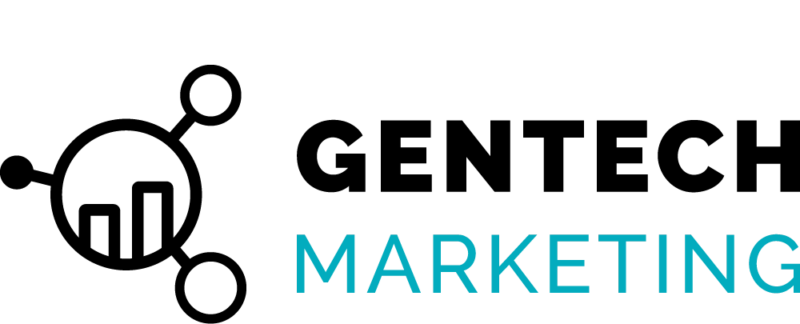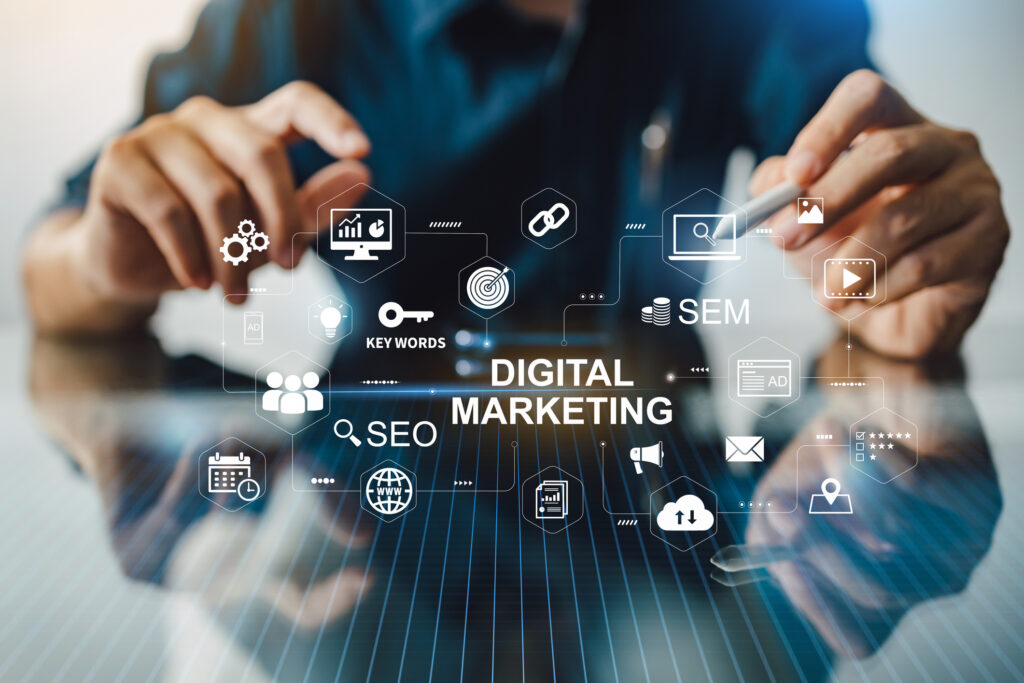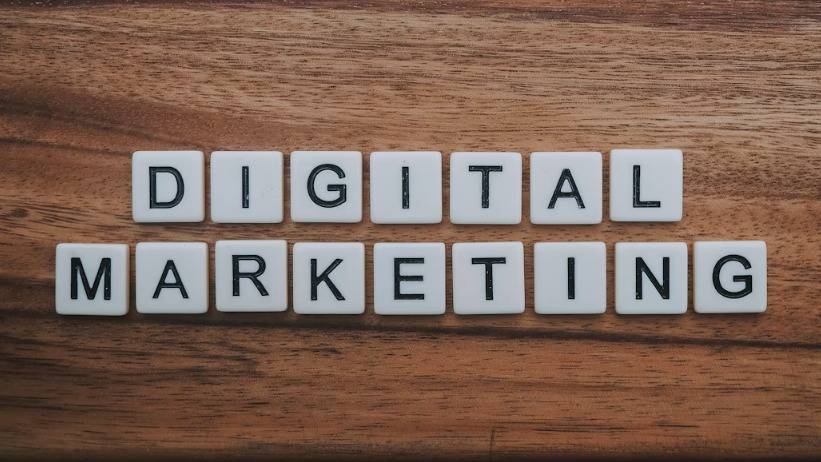Digital marketing is sometimes akin to juggling blazing torches while riding a bike. Search changes update. Ad platforms alter rules. Creatives exhaust themselves. And meanwhile, you still need to run a business, which is why a good agency demonstrates its worth – providing a solid plan, consistently executed, and predictable, measurable results without the mess.
Here is a no-nonsense, practical guide to learning what a good agency does, works with your staff, and why the right partnership can pay for itself.
Table of Contents
ToggleWhy a Partnership With an Agency Is a Smart Investment
Purchase outcomes, not time. The most successful agencies include a battle-tested playbook: market research, positioning, channel selection, testing, and iteration. This can rescue you from expensive errors and cut your learning curve.
You get the depth of skill you can’t hire in one go. One hire can rarely represent strategy, analytics, media, buying, design, copy, SEO, CRO, and marketing ops. An agency fields a bench: specialists who jump in exactly when needed.
Your spending gets sharper. With clean tracking and controlled experiments, an agency shifts budget to what moves revenue and trims what doesn’t. That’s how small adjustments—like swapping a broad match keyword set for a tighter intent cluster—unlock large efficiency gains.
Gain resilience. Markets wobble. Campaigns stall. Platforms roll out changes overnight. Agencies that live in these tools daily spot issues early and course-correct fast.
What Does a Digital Marketing Agency Do?
- Audience & positioning: Provides clarity on who you serve, why you win, and how to say it in language that sticks.
- Channel strategy: Selects the optimal combination of search, paid social, email, affiliates, PR, influencers, video, or partnerships depending on objectives and unit economics.
- Content & creative: Delivers advertisements, landing pages, blogs, videos, and emails corresponding to the funnel step and purchase triggers.
- Acquisition & retention: Distinguishes between net-new customers and lifecycle strategies (welcome flows, win-backs, upsells).
- Analytics & ops: Install your attribution, dashboards, QA on events, and reporting you can rely on.
In-House Versus Agency (And When to Use a Mix of Both)
The In-house strengths
- Deep product context and immediate access to stakeholders.
- Faster day-to-day edits once processes are mature.
The In-house risks
- Hiring and ramping a full team is slow and expensive.
- Skill gaps during vacations, turnover, or new channel launches.
Agency strengths
- On-tap specialists, proven frameworks, and cross-industry pattern recognition.
- Speed to test new channels without a permanent headcount.
Agency risks
- Mismatch on communication cadence or expectations if not aligned early.
Best of both worlds: Keep the strategy owner(s) inside your business and use an agency for execution sprints, launches of channels, CRO, or analytic overhauls. Review monthly. Reset quarterly.
How to Make This Partnership Work (Four Steps)
- Define outcomes, not activities. “Increase qualified demo requests by 25% in 90 days” is better than “post more on LinkedIn.”
- Pick on proof, not promises. Ask for channel-specific case studies, reporting samples, and a walk-through of how they debug underperformance.
- Set a clean operating rhythm. Weekly working session, bi-weekly creative review, and monthly strategy retro. One owner per side. One roadmap.
- Measure what matters. Track cost per qualified lead, pipeline, CAC payback, ROAS by cohort, and page-level conversion rates. Vanity metrics stay in the vanity drawer.
What Great Creative and Design Support Looks Like
- Speed with standards. Templates, brand kits, and component libraries cut production time without cookie-cutter output.
- Message first, aesthetics second. Every asset must answer “Why should I care?” within five seconds.
- Systematic testing. Angle → Hook → Visual → Offer. Change one variable at a time. Keep a learning log.
Social + User Acquisition (UA): Doing It Right
- Match message to platform intent. TikTok = discovery and social proof. Instagram = aspiration and aesthetics. LinkedIn = authority and case studies. Google = capture existing demand.
- Use creativity as the growth lever. Swap five angles before you add five new audiences.
- Feed the winners. When a concept hits, build a family of variants and scale gradually to protect efficiency.
SEO and Aso That Move the Needle
- SEO: Nail technical basics (crawlability, Core Web Vitals, structured data). Map topics to buying stages. Publish original, expert content that answers the searcher’s next three questions—not just the first.
- ASO: Treat store listings like landing pages. Test icons, screenshots, and short descriptions. Align paid bursts to organic uplift windows.
A Quick, Realistic Example
A B2B SaaS team was stuck at 1.2% demo conversion from paid search. The agency:
- Split campaigns by pain-point intent instead of broad feature keywords.
- Rewrote ads with problem-solution hooks and proof points.
- Built three landing pages with single CTA, social proof above the fold, and objection-busting FAQs.
- Fixed attribution and removed a leaky calendar step.
Result (60 days): CPC ↓ 18%, CVR ↑ to 3.4%, qualified demos ↑ 74%, CAC payback improved by 32 days. No extra budget—just sharper execution.
What to Expect in Month One
- Week 1: Discovery, data audit, tracking fixes, baseline report.
- Week 2: Strategy, channel plan, first creative brief, landing page outline.
- Week 3: Initial launches, QA, early tests.
- Week 4: Performance review, backlog prioritization, next sprint plan.
Common Myths, Quickly Debunked
- “Agencies are too expensive.” The wrong ones are. The right one reallocates your spend toward profit and often nets a lower blended CAC.
- “They won’t get our brand.” If they run a structured discovery and show messaging drafts early, they will.
- “It’s just ads.” Not if it’s done right. Strategy, site experience, and analytics matter as much as media.
Why Brands Choose Gentech Marketing (If You Want a Partner)
- Experts on demand: UA, SEO, ASO, creative, influencer, UGC, and CRO all in-house.
- Data you can depend on: Clean tracking, transparent dashboards, and decisions based on revenue, not vibes.
- Speed with no sacrifices: Quick sprints, Brand-safe creative, ownership to avoid stalled projects.
Conclusion
You do not need louder marketing. Instead, you need a clearer strategy, quicker learning, and an innovative approach to storytelling delivered to the right person, at the right time. A strong agency partnership like GenTech Marketing delivers exactly that—while you stay focused on building the business. I can help to customize this to your industry and audience personas next.
FAQs
How do I know if I should hire an agency or build in-house first?
If you need momentum and need to demonstrate value most quickly, you start with an agency because you need many skills or to test a channel and assess scale. Build in-house once the playbook is clear and the work is mostly “run,” not “build.”
What should I budget for a digital marketing agency?
As a rule of thumb, plan media spend first based on CAC targets, then allocate 10–30% of that for fees/creative depending on complexity, number of channels, and required speed.
How long before I see results?
For existing channels with tracking in place, you can see directional wins in 30–45 days. New channels, SEO, and conversion programs typically need 60–120 days to show compounding gains.
What does a good agency report include?
Channel performance tied to pipeline or revenue, a test log with learnings, next actions, and blockers. No walls of screenshots—just the facts, the story, and the plan.





